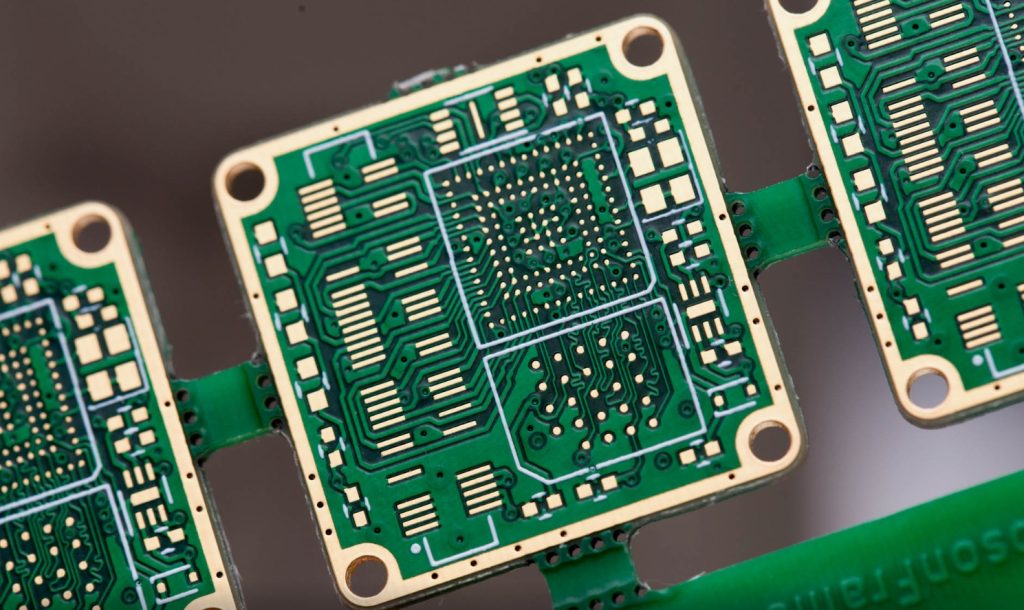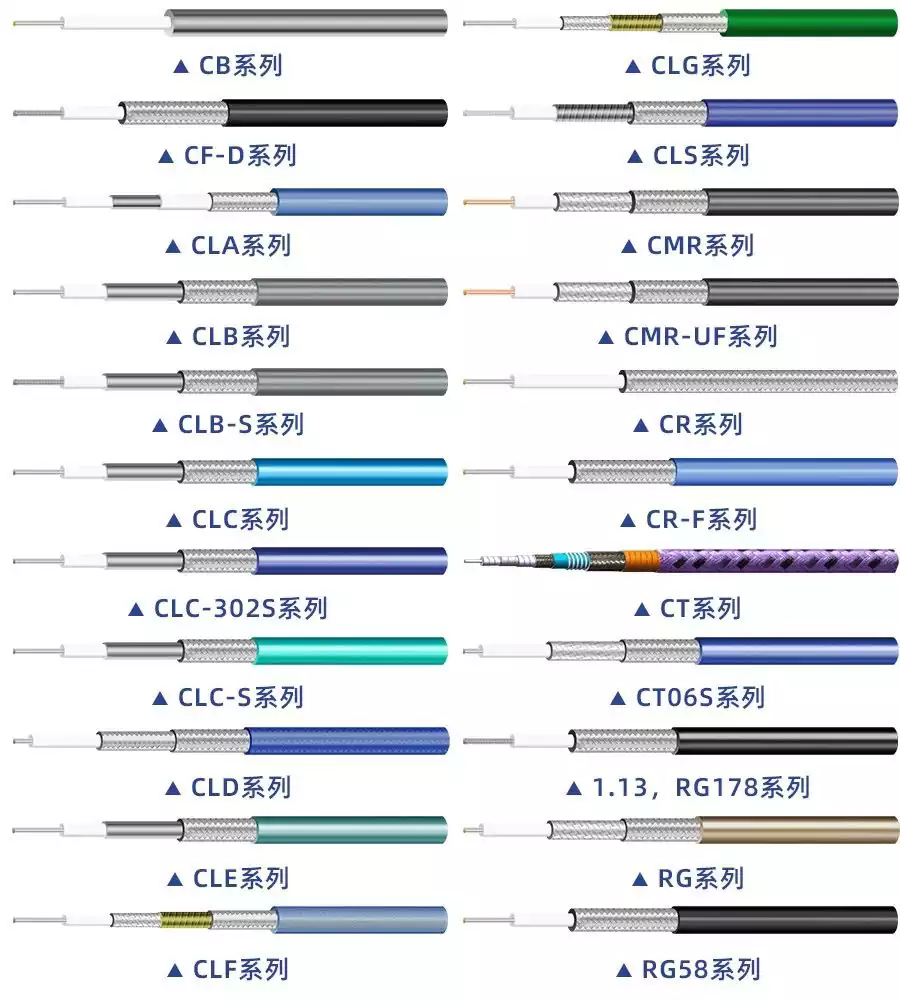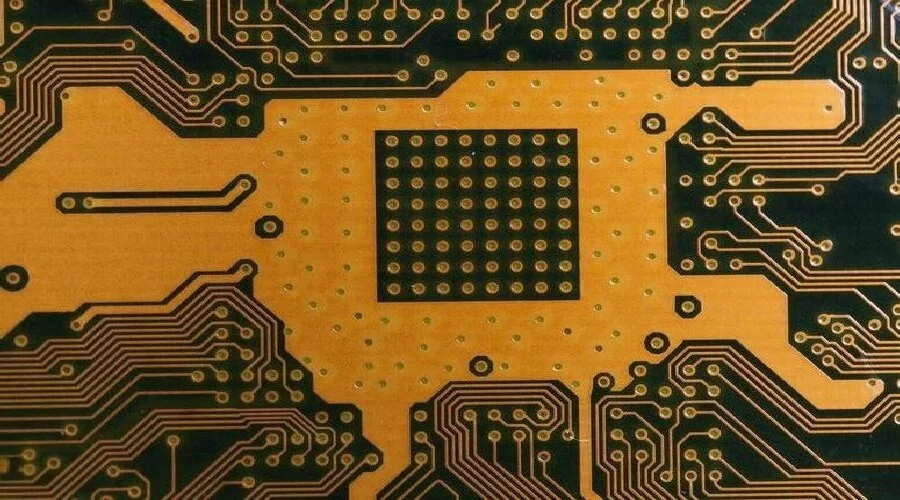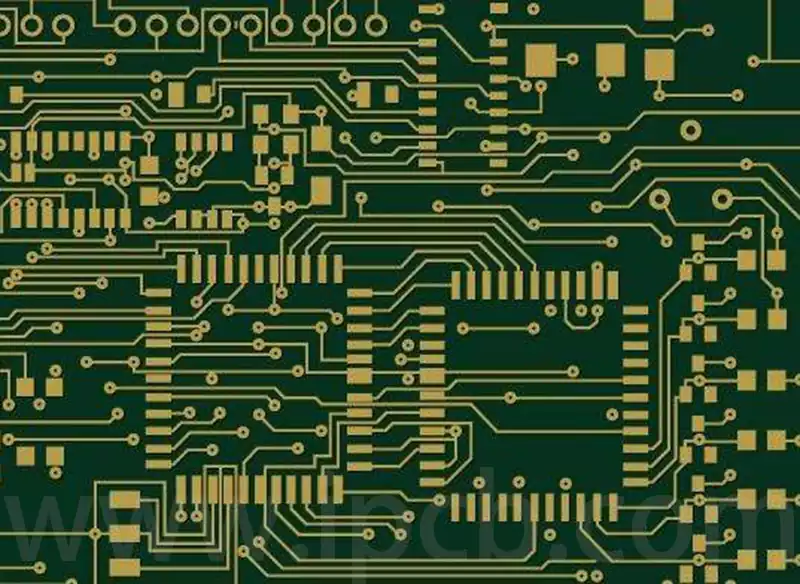Are you looking for information about wireless charger pcba? Do you know wireless charger pcba? It is a power supply device that does not require physical connection. It can charge mobile phones, smart watches, headphones and other devices through electromagnetic induction or other wireless technologies. With the popularity of smart devices and the continuous development of technology, wireless charging has gradually become a convenient charging method, and the core of wireless charger is its pcba, printed circuit board assembly). Especially in modern society, it provides a more flexible and convenient use experience than traditional plug-in charging. This article will explore the relevant knowledge of wireless charger pcba in depth.
What is wireless charger pcba?
A wireless mobile phone charger is a device that effectively charges a compatible mobile phone or mobile phone when it is kept nearby. A wireless charger can charge a device without physical contact, simply by transmitting a radio current with high frequency.
- Working principle
The working principle of wireless charger pcba is based on electromagnetic induction. Its core parts include the transmitter (Tx) and the receiver (Rx):
Transmitter (Tx): Usually integrated in a wireless charger, it consists of a pcba and a coil. The main control chip on the pcba converts the input DC power into high-frequency AC power and drives the coil to generate an alternating magnetic field.
Receiver (Rx): Usually integrated in mobile phones and other devices, it is also composed of pcba and coil. After the receiving coil senses the alternating magnetic field generated by the transmitter, it generates an induced current, which is processed by the rectification, voltage regulation and other circuits on the pcba to charge the device battery
- The development of wireless charging technology
Wireless charging technology was first proposed by Nikola Tesla in the late 19th century. His experiments showed that electric energy can be transmitted over long distances through the transmission of electromagnetic waves. However, due to technical limitations, Tesla’s idea was not immediately applied.
After entering the 21st century, with the advancement of wireless communication and battery technology, wireless charging technology has gradually been put into practical use. The following are several key stages in the development of wireless charging technology:
In 1890, physicist and electrical engineer Nikola Tesla had already conducted wireless power transmission experiments. The international system of units for magnetic induction intensity is also named after him. Tesla’s idea of wireless power transmission is to use the earth as the inner conductor and the earth’s ionosphere as the outer conductor. By amplifying the transmitter in radial electromagnetic wave oscillation mode, a low-frequency resonance of about 8Hz is established between the earth and the ionosphere, and then the surface electromagnetic waves surrounding the earth are used to transmit energy. However, due to insufficient financial resources, Tesla’s bold idea was not realized.
On June 7, 2007, the research team of the Massachusetts Institute of Technology published the research results on the website of the American magazine “Science”. The research team successfully “caught” the electromagnetic waves by applying resonance to the transmission of electromagnetic waves, using copper coils as electromagnetic resonators, one coil attached to the power transmitter and the other to the power receiver. After the transmitter sends out an electromagnetic wave of a certain frequency, it diffuses to the receiver through the electromagnetic field, and the power is wirelessly transmitted.
In February 2014, computer manufacturer Dell joined the A4WP camp. At that time, the relevant senior executives of the camp said that they would upgrade the technology to support wireless charging of ultrabooks of computer manufacturers such as Dell. Most traditional laptops on the market have a power supply of more than 50 watts, but ultrabooks use Intel’s low-power processors and will become the first laptops to use wireless charging. Before this, wireless charging technology has always been related to “small” mobile devices such as smartphones and small-sized tablets. However, A4WP (“Wireless Power Alliance”), one of the three major wireless charging camps, recently announced that its technical standards have been upgraded and the supported charging power has increased to 50 watts, which means that high-power devices such as laptops and tablets can also achieve wireless charging.
As time went by, in October 2017, iPhone 8, iPhone 8 Plus and iPhone X-all support the Qi wireless charging standard, with the aim of bringing greater convenience to users and making the phone itself look cooler.

III. Key points of wireless charger pcba design
The design of wireless charger pcba needs to consider the following key factors:
- Efficiency: The efficiency of wireless charging directly affects the charging speed and heat generation. When designing, it is necessary to optimize the circuit topology, select appropriate components, and reduce losses.
- Heat generation: Heat is generated during wireless charging, and a reasonable heat dissipation solution needs to be designed to avoid overheating that affects performance and life.
- Compatibility: There are differences between different wireless charging standards (such as Qi, PMA, etc.), and compatibility needs to be ensured during design.
- Safety: It is necessary to design protection circuits such as overvoltage, overcurrent, and overtemperature to ensure safe use.
- Cost: Under the premise of meeting performance requirements, try to reduce costs and improve product competitiveness.
IV. Application fields of wireless charging
Wireless charging technology has been widely used in many fields, not only limited to consumer electronics, but also has made significant progress in the following fields:
- Smartphones Smartphones are one of the most widely used devices for wireless charging technology. Almost all mainstream smartphone manufacturers (such as Apple, Samsung, Huawei, etc.) have launched mobile phones that support wireless charging, and they are gradually popularizing in the mid- and low-end markets.
- Smart wearable devices Wireless charging of smart wearable devices such as smart watches and wireless headphones is also becoming more and more popular. In particular, Apple’s Apple Watch, AirPods and other devices all support wireless charging.
- Automobiles In the automotive industry, wireless charging technology has also begun to be used. Electric vehicles and hybrid vehicles have begun to study wireless charging technology to reduce the trouble of frequent plugging and unplugging of charging cables. Wireless charging technology not only makes charging more convenient, but also can realize automatic docking and charging through intelligent systems.
- Home appliances Wireless charging technology has also begun to be applied to home appliances, such as wireless vacuum cleaners, home robots and other smart home appliances. These devices can be charged through wireless charging stations to enhance the user’s smart home experience.
- Medical equipment Wireless charging technology also has potential in the medical field, especially in some medical devices that require high-frequency charging (such as sensors, pacemakers, etc.). Wireless charging can reduce the trouble of frequent battery replacement of equipment and provide more stable power support.
At present, new energy vehicles, as an important carrier of green travel in the future, are gradually becoming the focus of attention of governments and enterprises. However, owners of new energy vehicles are still troubled by various problems such as “long waiting time for charging and shortage of charging piles”.
In this context, wireless charging technology, as an important technological innovation in the field of new energy vehicles, is leading the trend of new energy vehicle technology. It is worth mentioning that wireless charging may be just a new function to add icing on the cake for electronic products such as mobile phones, computers, and cameras. At present, internationally, automobile manufacturers such as Audi, BMW, Mercedes-Benz, Volvo, Toyota, and communication companies such as Qualcomm have begun to study wireless charging technology for electric vehicles. Among them, Audi’s wireless charging technology solution is mainly aimed at the problem of efficiency loss during transmission. The solution uses a retractable wireless charging system to make the transmitting coil at the cable end closer to the receiving coil at the bottom of the electric vehicle, thereby improving the efficiency of power transmission. The wireless charging technology jointly developed by BMW and Mercedes-Benz has been tested and applied to the BMW i8 series. As for Volvo, it has completed the test of the on-board wireless charging system for electric vehicles. It is said that the entire charging process takes less than 3 hours.
Because wireless charging technology is relatively mature, it has been put into use in some places abroad. In 2014, South Korea laid a 12-kilometer wireless charging section, and vehicles can charge while driving on the road. In 2018, BMW launched its first mass-produced model with wireless charging function. Subsequently, many international automakers such as Volkswagen, Volvo, Tesla, Audi, Toyota, etc. are actively deploying wireless charging technology to create a seamless charging ecosystem. Japan also plans to implement practical dynamic charging technology by 2025, and Sweden even plans to achieve dynamic wireless charging facilities covering about 90% of the country’s roads and urban streets by 2030.
In 2024, the US Patent and Trademark Office announced four new patents submitted by Tesla, all of which are related to automotive wireless charging technology, which also reveals Tesla’s vision of using magnetic resonance and other technologies to achieve wireless charging in the future. Although Tesla has not actively pursued wireless charging technology in the past, believing that it is not complicated to charge electric vehicles using traditional charging cables, the company’s attitude seems to be changing. On March 22, 2024, Tesla secretly integrated an “inductive charger interface” into the battery pack of its Cybertruck pickup truck, indicating that wireless charging may be supported in the future. In addition, Tesla has also shown a rendering of a home wireless charging station, which clearly shows the design of the wireless charging station.
V. Challenges and future development of wireless charging
Although wireless charging technology has many advantages, it still faces some challenges:
- Charging efficiency The current efficiency of wireless charging is slightly lower than that of wired charging, especially when charging at high power and over long distances, the loss of power transmission is large. Therefore, improving charging efficiency is the key direction for the future development of wireless charging technology.
- Cost issues The R&D and production costs of wireless charging technology are high, resulting in the high price of some wireless chargers. With the maturity of technology and the expansion of the market, the price of wireless chargers is expected to drop further in the future and enter the mass market.
- Compatibility Although the Qi standard has been widely accepted, wireless charging compatibility issues between different brands still exist. Different wireless charging technologies (such as magnetic resonance, magnetic induction, etc.) may make it impossible to achieve universal charging between different devices. Therefore, the unification and popularization of wireless charging standards in the future remains a challenge.
- Distance limitation The current mainstream wireless charging technology relies on close-range electromagnetic wave transmission, and the charging range is generally limited to a few centimeters to more than ten centimeters. To break through this limitation and enable wireless charging to achieve effective transmission at a longer distance, further technological improvement is needed.
The explosion of wireless charger pcba undoubtedly means huge business opportunities for upstream and downstream companies, not only in smartphones, but also in smart home, automobile and other markets. In addition, it also means huge business opportunities for third-party wireless charging suppliers. The wireless chargers we provide are not just for Samsung or Apple, but highly compatible products to charge mobile phones of different brands. However, we always ensure quality to stand out in the market.
The explosion of wireless charger pcba undoubtedly means huge business opportunities for upstream and downstream companies, not only in smartphones, but also in smart home, automobile and other markets. In addition, it also means huge business opportunities for third-party wireless charging suppliers. The wireless chargers we provide are not just for Samsung or Apple, but highly compatible products to charge mobile phones of different brands. However, we always ensure quality to stand out in the market.



